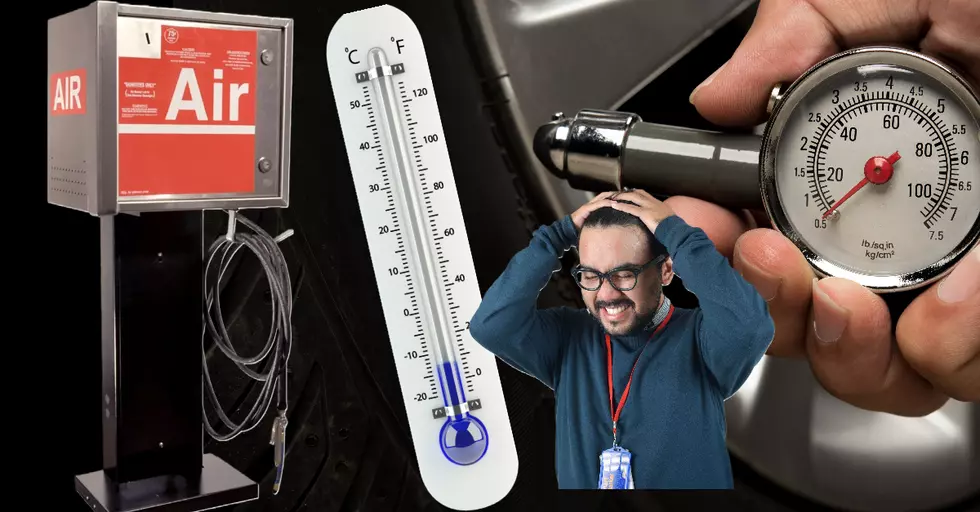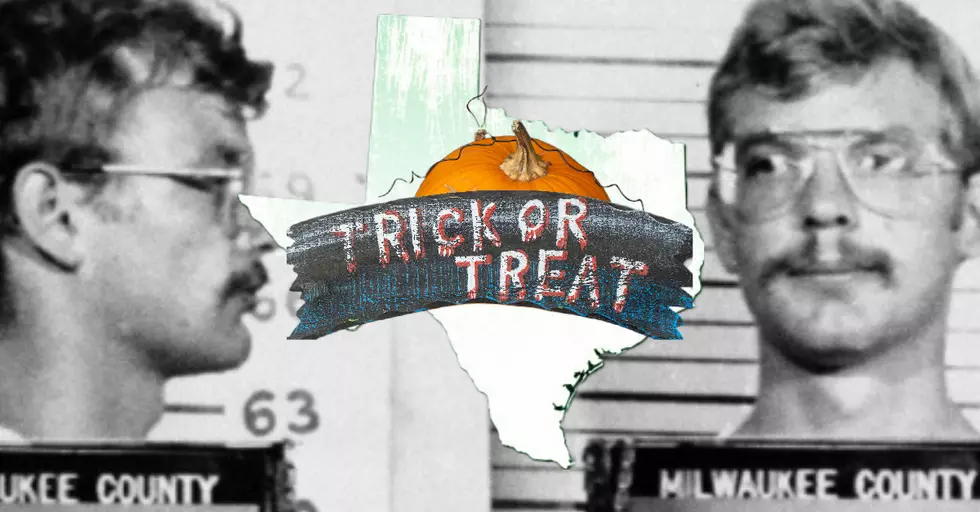
Have You Noticed The Low Tire Pressure Light in the Cooler Weather?
It is a real pain when you're trying to get the day started, especially on colder mornings, like we've been having lately. After record highs all summer, the cold weather can really make it harder to get going in the morning. I barely have enough time to make it to work on time, on a regular morning, much less having to search for a jacket I haven't seen in months.
Even worse, when you get in the car on a cold morning and find that your "low tire pressure" light is on. I mean of all mornings. It is terribly inconvenient. Besides, why doesn't anyone offer free air anymore? Who carries coins for an air machine?
Some of them actually take credit/debit cards. I don't know if that makes me feel better or worse about the situation.
So, is it coincidence or does the "low tire pressure" light come on more often when the temperature goes down? It is not coincidence at all. It's physics.
When the temperature drops, the air in your tire doesn't leak out. There's probably no hole in it, unless you have another reason to suspect a hole in your tire. What happens is the air in your tire actually condenses in colder temperature.

When it gets colder outside, you tires lose about 1 pound per inch for every 10 degrees that the temperature drops. This can add up when we have a 45 degree temperature swing. That is common in West Texas.
Even though the colder air is most likely the culprit, it is never a good idea to ignore the "low tire pressure" light. There could be a small hole in your tire or your pressure monitoring system might need professional attention. In any event, take the few minutes to stop and check it out. It can prevent a lot of heartache and keep your car running safer.
The only thing worse than having to put air in your tires on a crispy and cold Fall morning is having to change a flat, especially if its before your first hot cup of whatever pumpkin spice drink you consume each morning to get going.
LOOK: The most extreme temperatures in the history of every state
More From ESPN 960 San Angelo








